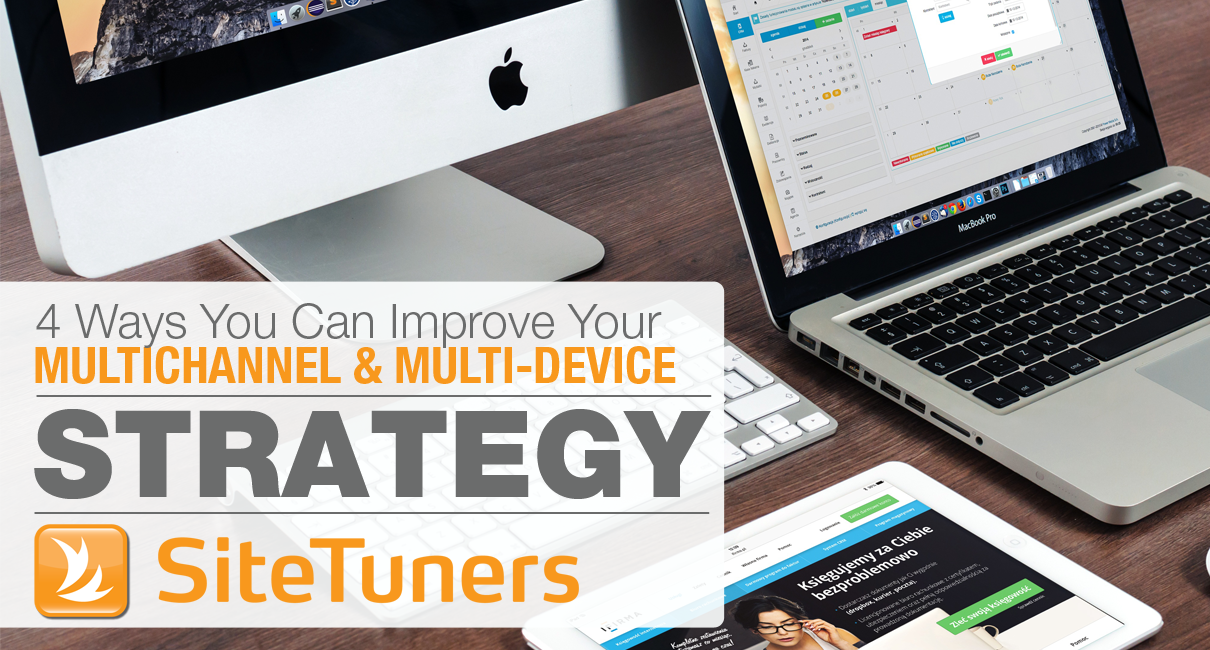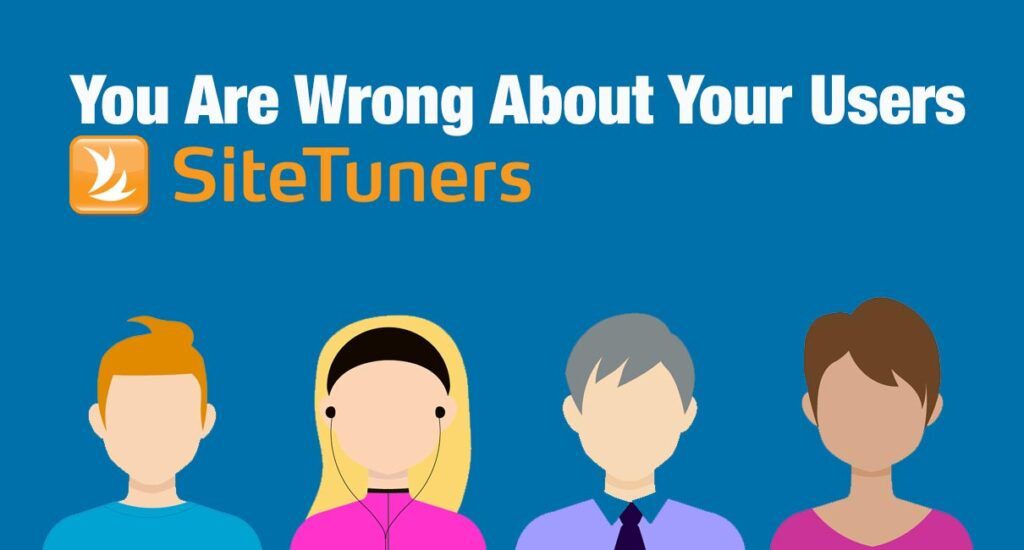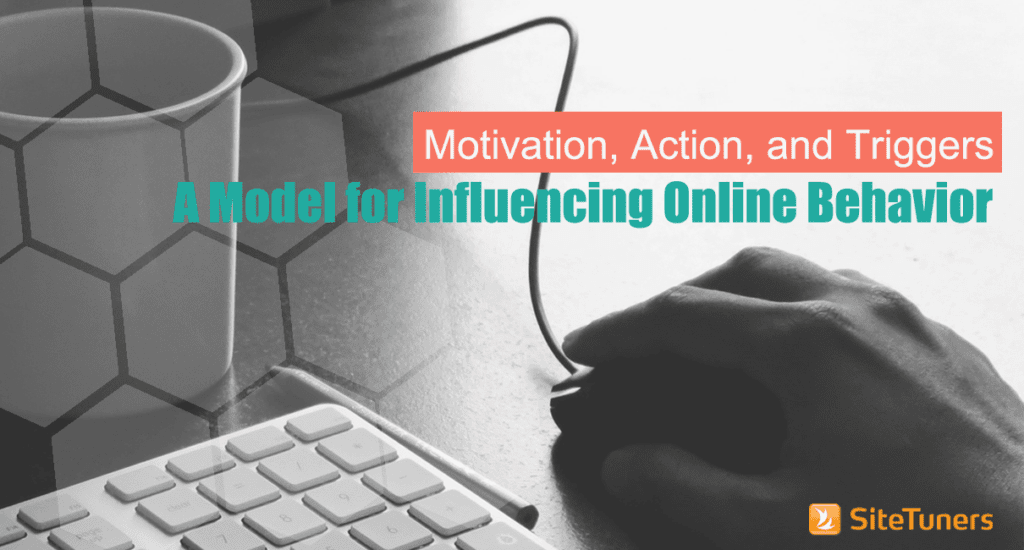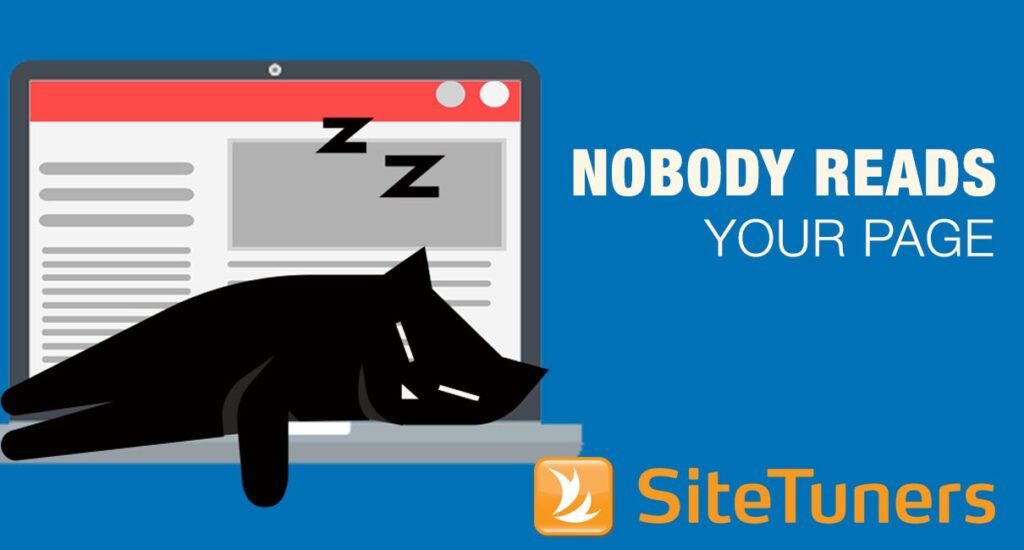People don’t work exclusively on smart phones, tablets, desktops and laptops when they have a goal – they work on whatever device they feel is right for the job, or happens to be convenient at the time, or is the one they have access to at the given moment.
When trying to accomplish something …
- a user can switch from a laptop when he or she has to leave the house to a smart phone while on the go
- a user might see something they would like to download while browsing via tablet, then decide that the input fields might be better handled by the desktop
To users, their intent is about a goal – your devices and channels don’t matter one bit, and they will interact with you on their terms.
Most of the time, the company that has the most wins across the board is the one that has better thought through its multi-device and multichannel strategy.
If you haven’t reviewed your strategy in a while, it’s time to dive in.
1. Bare Minimum: Make the Look and Feel Consistent
If your company looks like three different organizations when viewed on a desktop, on a mobile web site, and on an app, you’re likely losing out on a ton of opportunities. If people switch from one device to another to view some property of yours, and the new property looks and feels different, users might leave not trusting you.
At minimum, ensure that you have some strategy to keep that from happening:
- You have either a web site with responsive design, or a mobile version of the site
- If you have apps, you need to have a brand or style guideline in place so that while the functions are different, the apps don’t look alien
Users switch devices all the time for a variety of reasons. If you’ve garnered enough trust so that when they switch devices they remember to go to you, the last thing you need to do is squander that trust by “feeling” like a different entity.
2. Little Better: Assist in the Transition
Getting the look and feel right across devices is nice, but that’s barely scratching the surface.
The next thing you need to ensure is that once people change channels or devices – when they switch from email to web site, when they change from smartphone to desktop – you don’t drop the ball.
A common pitfall here is that when people email themselves links to continue a task, they get sent to the home page, rather than the page they were working on so they can continue performing their task.
You need to make sure that you at least have the backend technology to make deep linking work, so you assist users in their transition when they need to use another device or channel.
3. Much Better: Control for Device Weaknesses
If you check your web analytics tools often enough, you’d get a sense of what types of things people do on different devices.
You might find that they’re taking on different steps of the trial/purchase process on different devices – filling out forms on laptops, checking for nearby stores on their phones, comparing options on their tablets, and so on.
When you’ve observed enough of those patterns, you should assist your users in performing the step in the process in the particular device they’ve chosen. If you have a significant number of people performing tasks on devices where a particular task is hard – like filling out a form on a smartphone – you need to be there for them and help them get through the process.
In the “form on smartphone” case, it might just be a simple fix, like enabling auto-complete. But if there are more complex problems – your products being sophisticated enough that often, people need to call you before a purchase, for instance – you need to soften the device weakness and make switching devices as seamless as possible.
4. Even Better: Near-zero Switching Pains
If you’re in an industry where you can incentivize users to give you login information, you might be able to make the switching pains between laptops, tablets, and phones minimal.
Authenticated user identities can enable a lot of things for you, but it takes quite a bit of work. The gold standard here is something like Netflix, where whatever you’re watching on your phone can seamlessly be projected on your laptop without having to find the show, season, episode, and time on episode again. That’s all possible via a connection to the identity rather than the device.
Even if you can’t get build the counterpart of that for your industry, it pays to try and get as close as possible to that. Shopping carts should have save states that transcend device types. Complex tasks should have parameters that can be passed from one device to another with next to zero data loss.
The more you work on minimizing device-switching pains, the better users will feel about your organization when using multiple devices to work with you.
Putting It All Together
Every company now basically has to contend with multiple channels and devices. If you …
- have a consistent look and feel across devices and channels,
- assist users when they need to switch devices,
- keep the device weaknesses in mind, and
- make switching devices effortless (if you’re in the right industry)
… your digital presence will be tougher to compete with.



